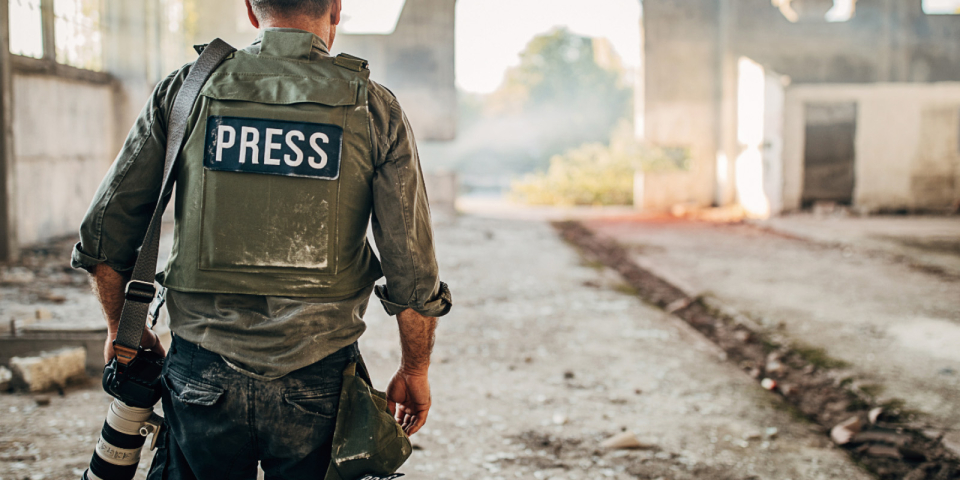
In an increasingly globalized world, one of the most critical roles of the media is to serve as a bridge between people and global events. Since not all citizens can witness international affairs firsthand, the press is responsible for providing accurate and unbiased information. This applies not only to domestic social issues but also to reporting on the brutal realities of conflict zones.
When Russia invaded Ukraine in February 2022, South Korean media took significant risks to report on the war. South Korean correspondents were dispatched to border regions, risking their safety. Furthermore, although the approval was limited, the South Korean government granted permission in response to multiple media requests, enabling journalists to conduct on-the-ground reporting in Ukraine. However, this level of media attention is not evenly applied to all global conflicts. Many ongoing crises remain overlooked, leaving suffering populations in a state of media neglect. This issue is rooted in structural problems within South Korean journalism related to international news coverage.
International news is a lower priority in South Korean media, leading to fewer resources and correspondents compared to global outlets. An examination of South Korean media coverage of wars and conflicts in Syria, Afghanistan, and other regions shows that many articles are not based on original reporting but instead rely on translated or summarized content from foreign news. Domestic media often republish articles from foreign news agencies. This dependency on secondary sources reflects South Korea’s limited capacity for field reporting in conflict zones.
The South Korean Ministry of Foreign Affairs designates war-torn regions as “travel-restricted countries,” making it illegal to travel to these areas without special government approval. Journalists who wish to report from these locations must obtain special permission, a difficult bureaucratic process. Moreover, attempting to cover conflicts without official approval can result in legal consequences, discouraging media organizations from dispatching reporters to high-risk regions.
Another critical issue is the lack of specialized war correspondents in South Korean media. This is not only due to a lack of institutional focus but, more importantly, due to insufficient financial investment. Reporting from conflict zones requires substantial funding for protective gear, local guides, and local networks—expenses that most South Korean media outlets are unwilling or unable to bear.
Limited access to conflict zones restricts press freedom and increases reliance on foreign media, leading to one-sided coverage and potential translation errors. To address these challenges, some experts argue that South Korea should establish a structured system to train and support journalists reporting from conflict zones. Media organizations are also being encouraged to expand their international networks or collaborate more closely with freelance correspondents.
At the policy level, there have been calls for the government to ensure journalists have reasonable access to critical information. Suggested measures include creating exceptions to travel bans for accredited reporters and introducing stronger safety protocols for those operating in war zones.
Without structural changes, observers warn that South Korea’s international news coverage could continue to weaken. Both the media and the government are being urged to take proactive steps to strengthen the country’s capacity for conflict journalism.


